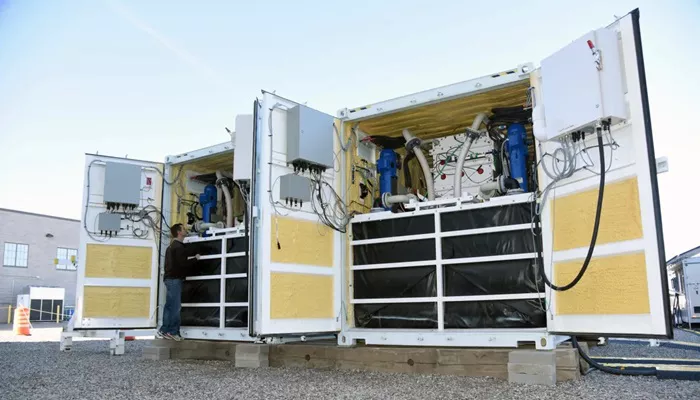When climate disasters strike and knock out electricity grids, many people turn to gas or diesel generators for power. However, these generators come with significant drawbacks: they are noisy, emit foul odors, and contribute to air pollution. In San Juan, Puerto Rico, following Hurricane Maria, the widespread use of generators led to alarming levels of localized air pollution.
Will Heegaard of the Footprint Project, a nonprofit organization, explained, “Localized air pollution exceeded the EPA’s safe limits.” The Footprint Project is dedicated to providing cleaner, quieter energy solutions to communities affected by disasters. They achieve this by building portable power systems that rely on solar panels and batteries instead of fossil fuels.
In some instances, the organization deploys small solar-powered generators to households that need to operate essential medical equipment. Heegaard noted, “This includes oxygen concentrators, CPAP machines, insulin refrigerators, electric wheelchairs, and other accessibility devices.”
For larger-scale needs, the Footprint Project sets up mobile microgrids at schools, churches, and other facilities that serve as disaster relief hubs. Over the past two years, the organization has provided support in the aftermath of various disasters, including wildfires in Hawaii, tornadoes in Mississippi, and hurricanes in North Carolina, Florida, and other regions.
By offering renewable energy solutions, the Footprint Project ensures that the tools used for recovery do not further harm communities already struggling in the wake of disasters. Solar power, in this context, not only provides a lifeline but also helps protect the environment and public health.

